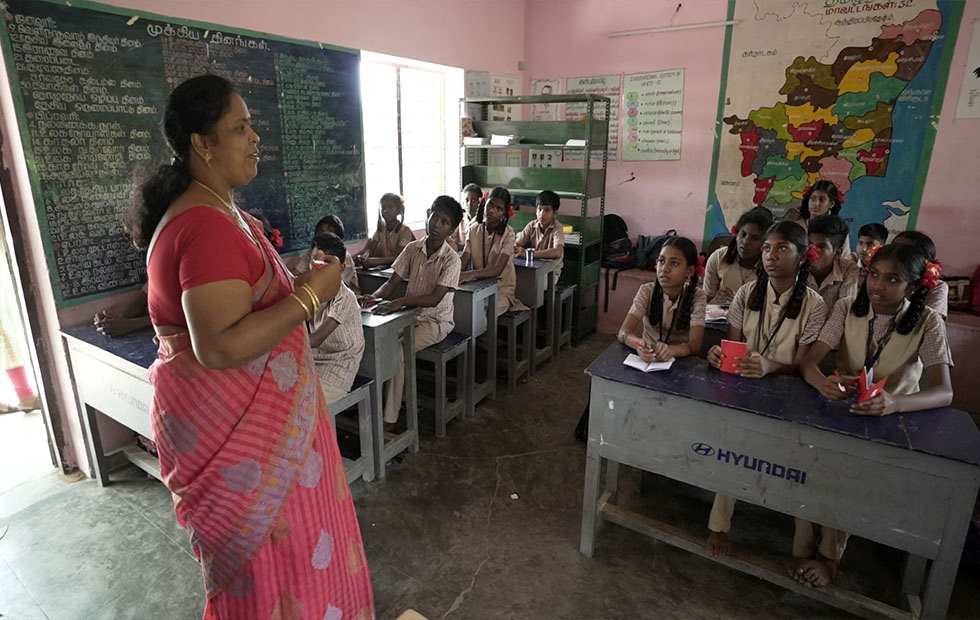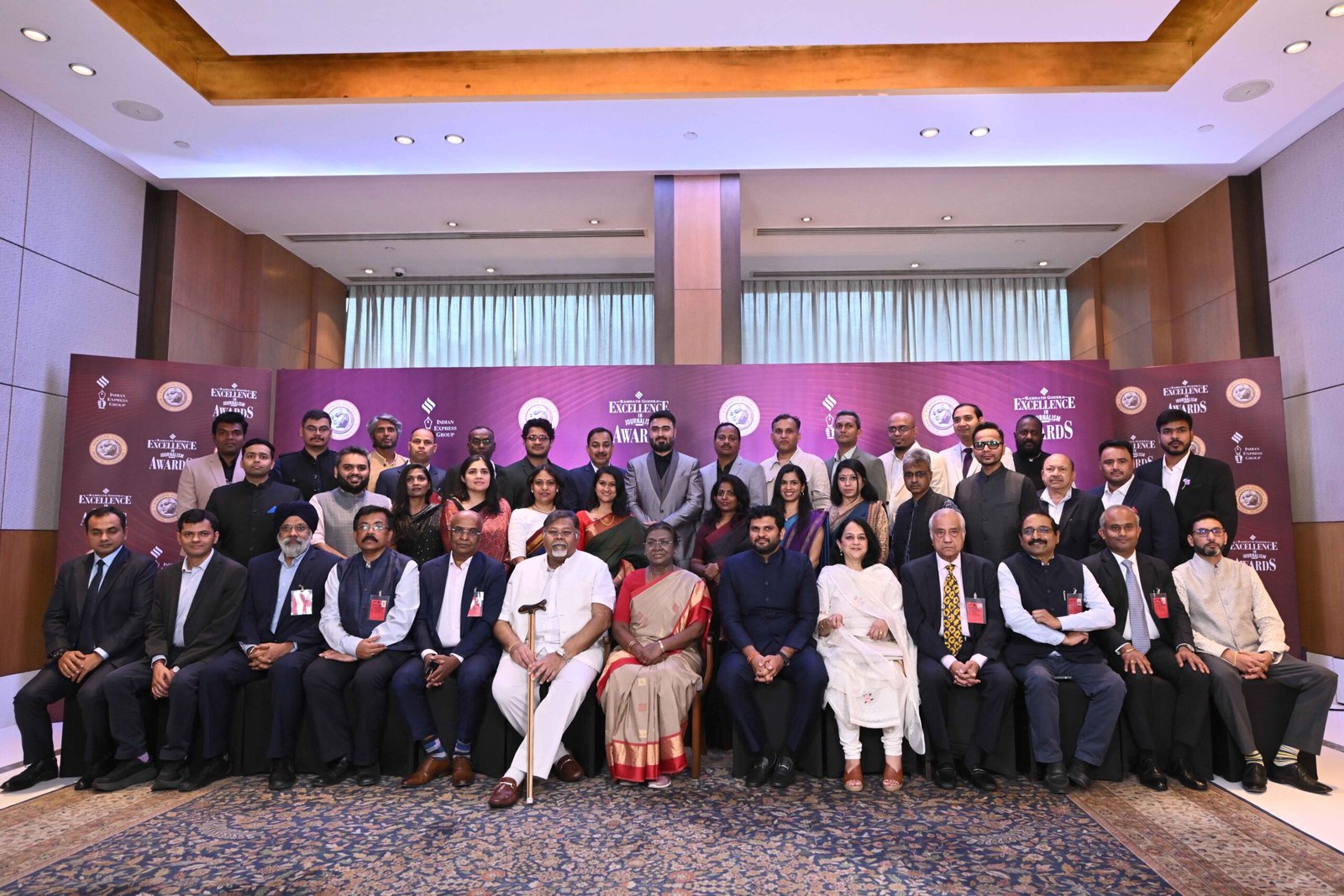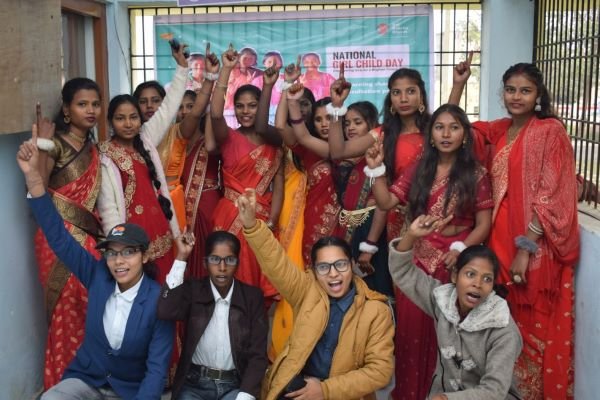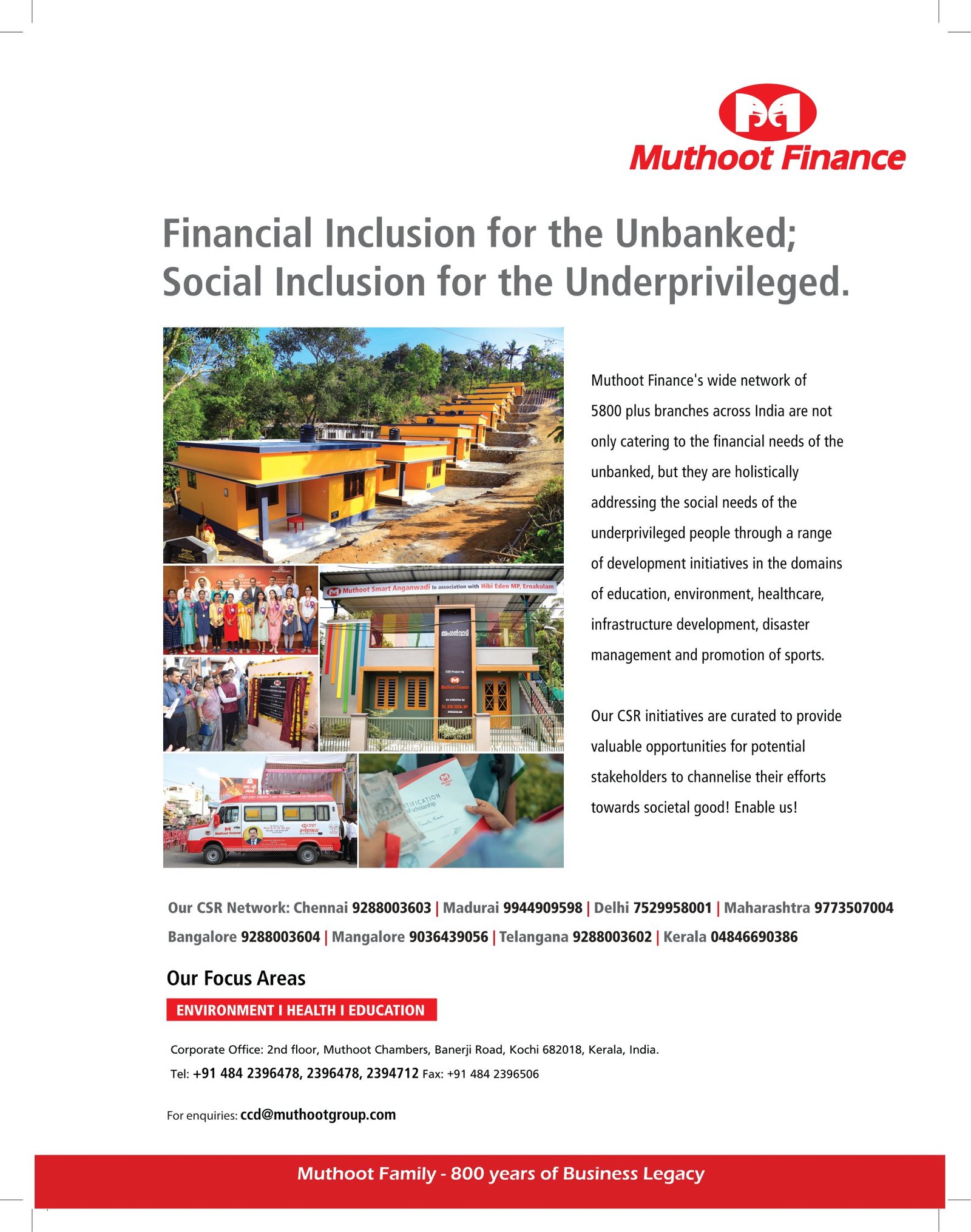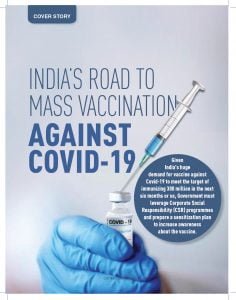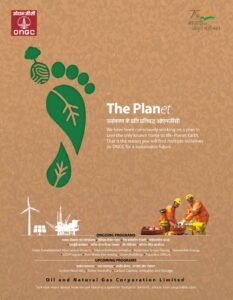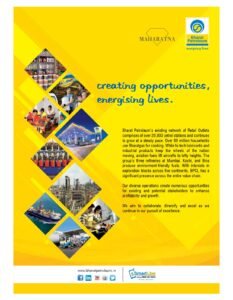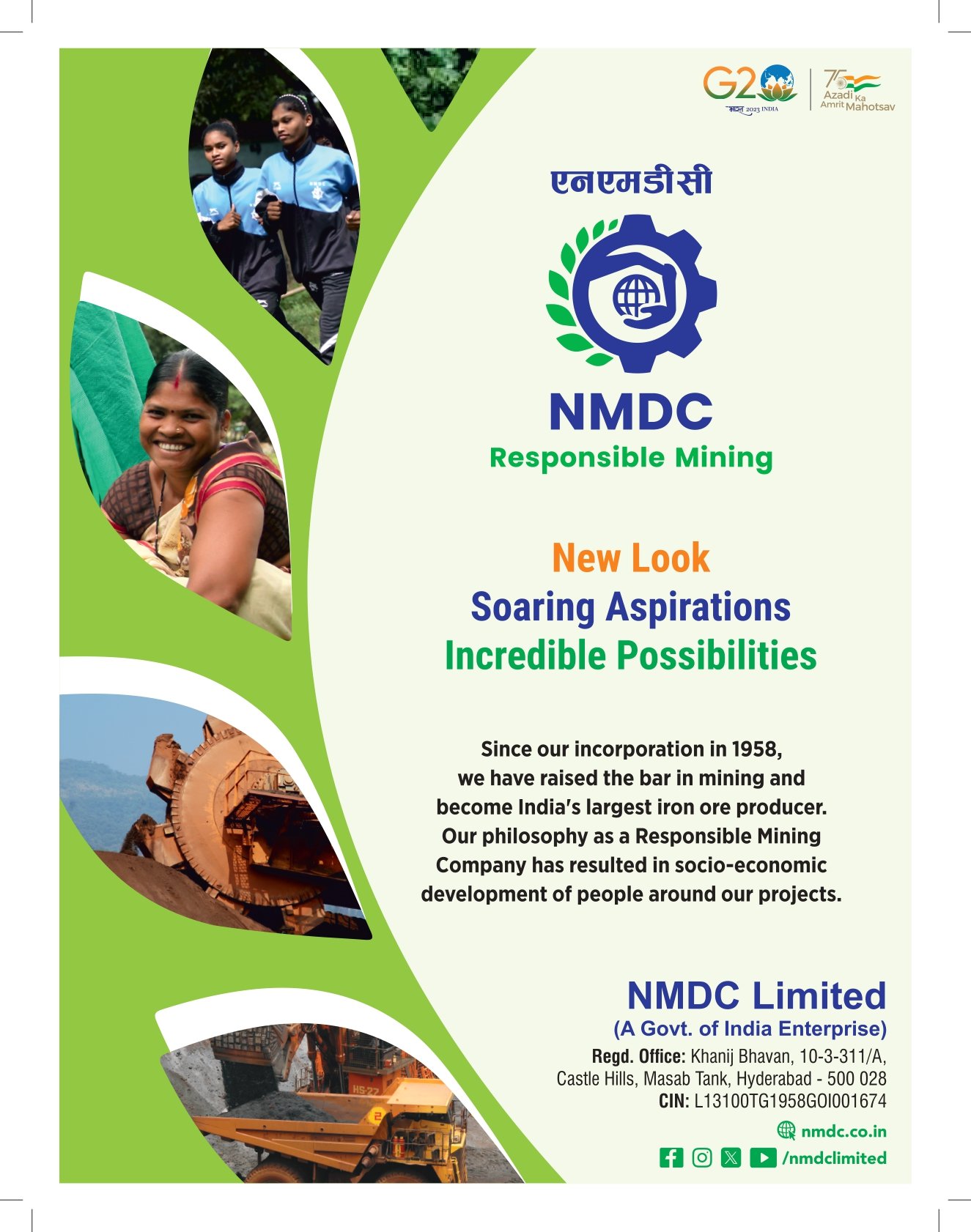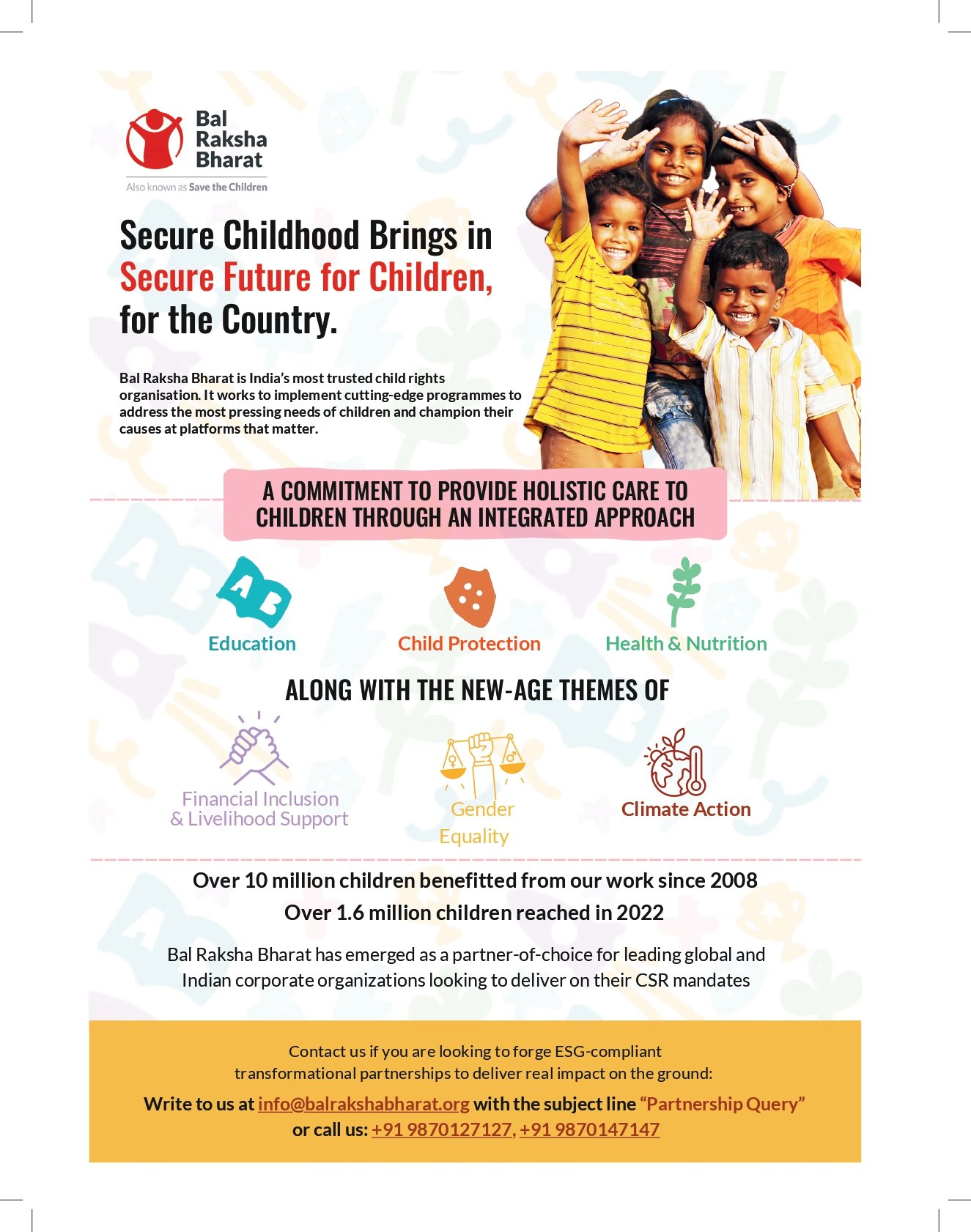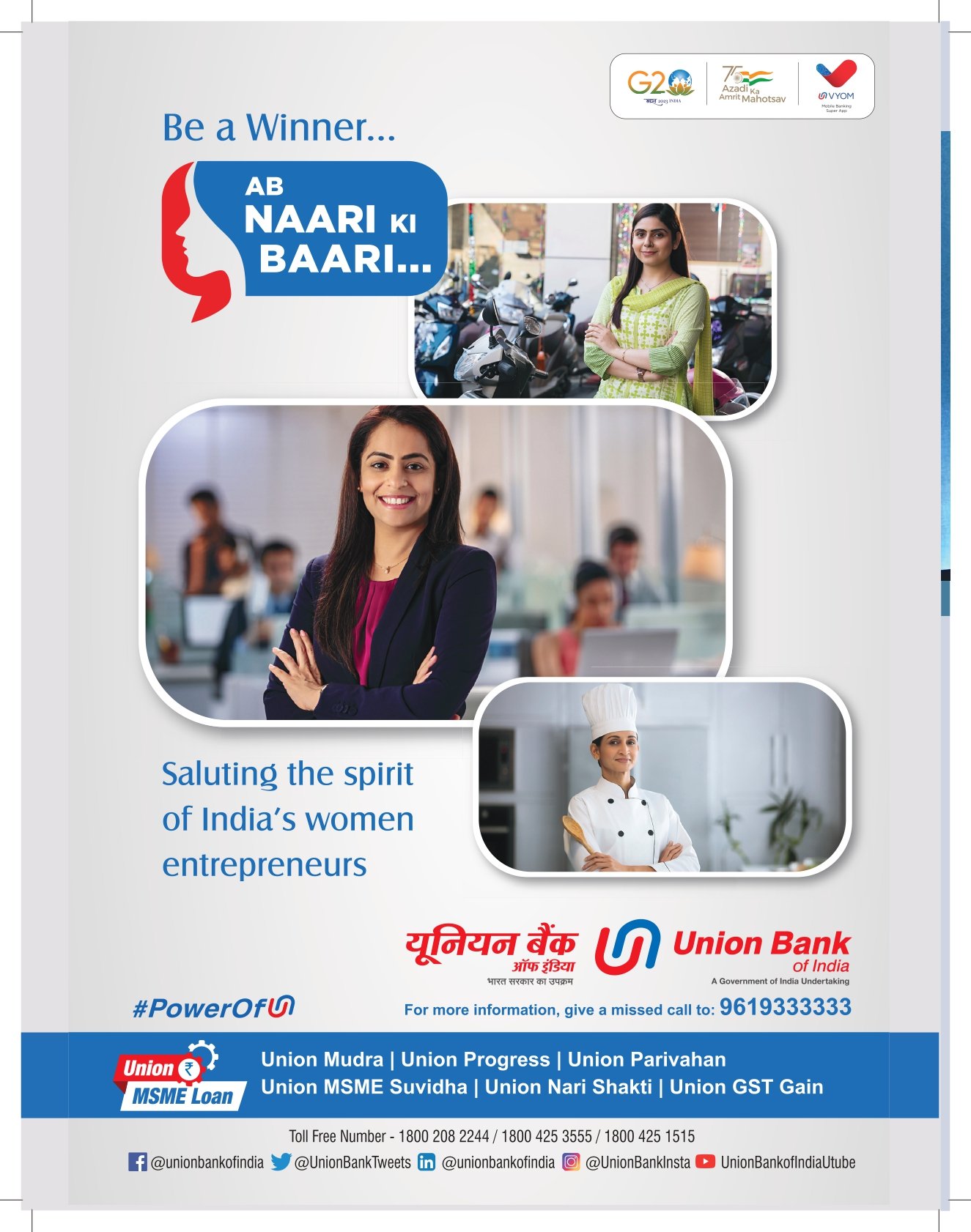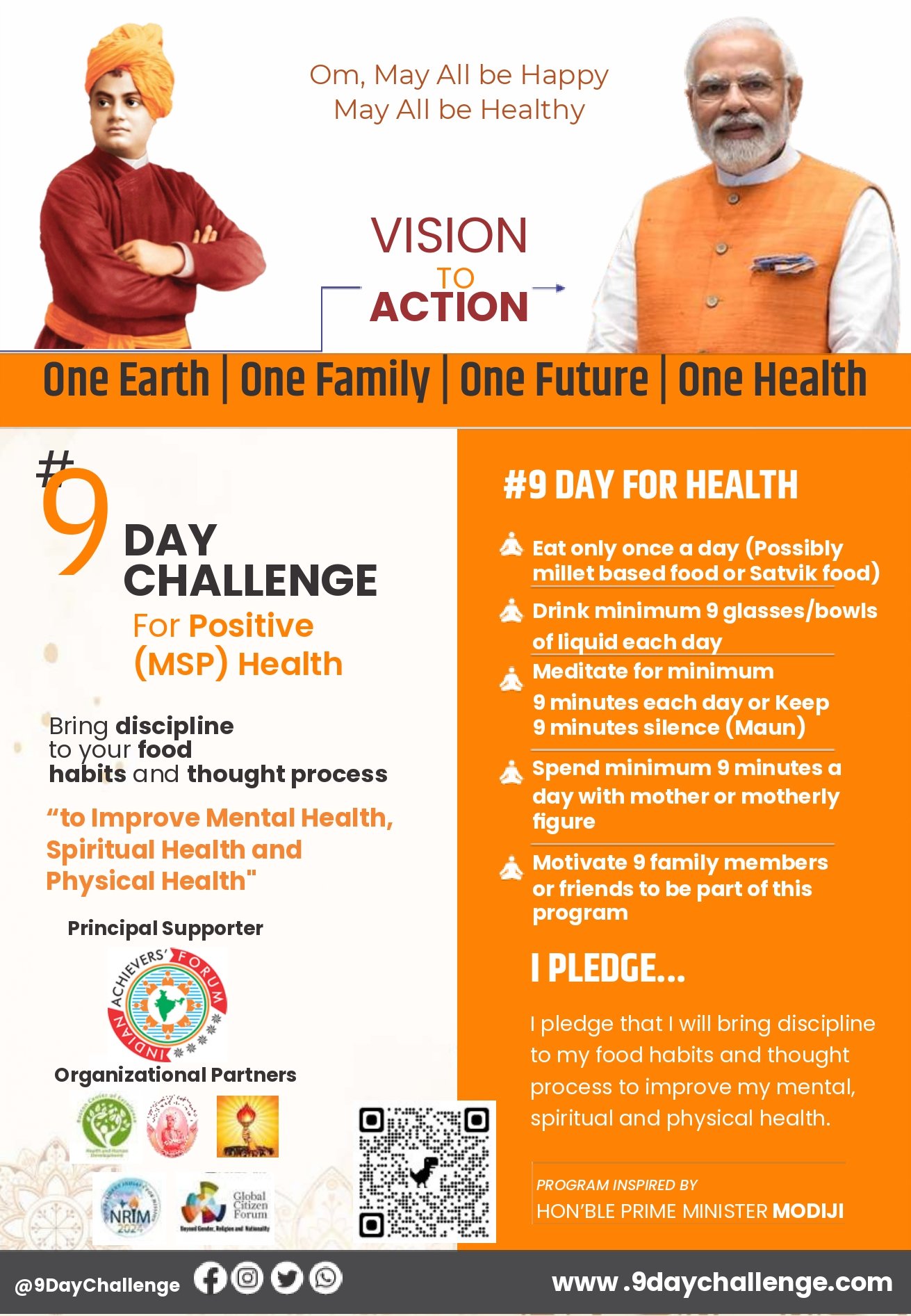Shri Amod K. Kanth’s Exclusive Interview to CSR Times: Full Transcript
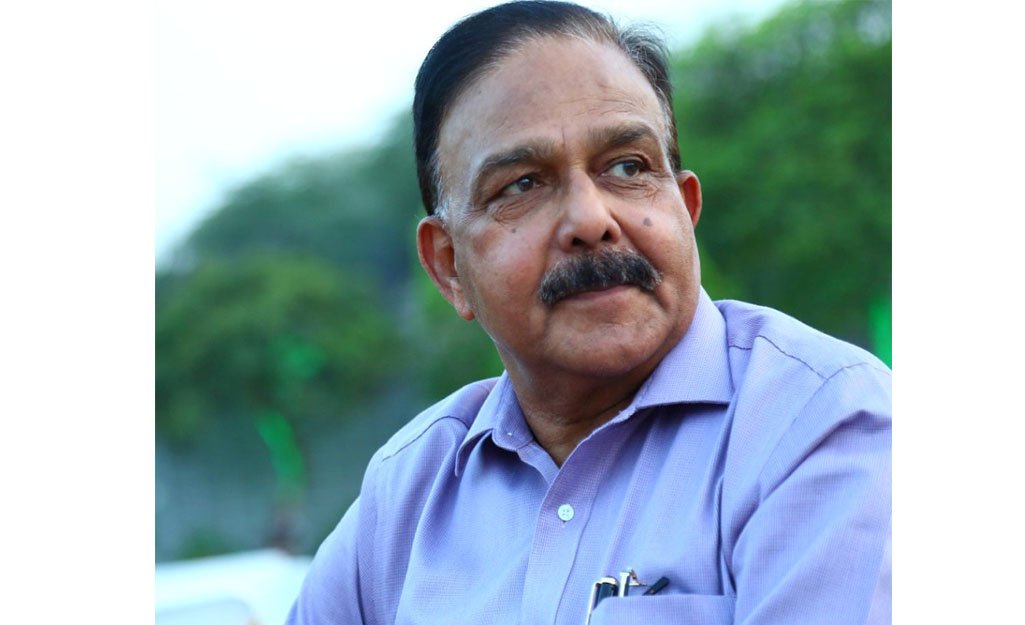
Former DGP (IPS) and Founder, Prayas JAC Society, Shri Amod K. Kanth in an insightful conversation with CSR Times’ MD Das
Shri Amod K. Kanth is a celebrated IPS officer, who is also now one of India’s most influential social reformers. He led investigations at the pinnacle of India’s tumultuous period of the 1980s – early 1990s that witnessed disastrous crime, assassinations, terrorism, 1984 riots. A policymaker, an author, and a global advocate for human rights, Shri Amod Kanth has dedicated his life to justice, child protection, and his work has shaped landmark laws and legislations about children in the country, including the Juvenile Justice Act and POCSO Act.
He founded Prayas Juvenile Aid Centre Society at Jahangirpuri with 25 children in 1988, Prayas is now serving nearly 50,000 marginalized children, youth, women, and homeless individuals, everyday across 315 Units in 13 states and union territories. Welcome to CSR Times Sir. The stage is yours.

MD: Now the first question I would like to ask is that what are the pressing challenges that children face today in terms of rights and protection?
AK: The children of India, as a whole, you cannot define them, into one one bracket. See, let’s say if the country is prospering, India being fifth largest economy, turning third largest economy, and a large number of people in the country having progressed a lot.
Many children from prosperous backgrounds—middle, upper-middle, and upper-class—are well-provided for. They’re comfortable. The real issue lies with marginalized children—those who are homeless, working on the streets, or in difficult circumstances. These are the types of children who are deprived of their basic rights and needs. And, I believe, since I have worked for Prayas and allied organizations for nearly thirty seven years now, besides my work as a police officer, for which I worked for thirty four years. I was trying to combine my police work with the social work within Prayas. Now there, if you ask me the challenges being faced by these kinds of children, I think their fundamental rights – protection, right to survival, right to development, right to participation, which are all defined in terms of the United Nations’ conventional rights of child are denied. Around 35 million children in India aren’t attending school. They’re poor, deprived, and in need of care and protection. Their families struggle, and so do they. The media highlights some issues, but rapid changes in society also impact them. Addressing their struggles is crucial.
MD: In your experience, which groups of children are still most vulnerable?
AK: See, the children, who happen to be, as I said, child labour or the homeless and destitute children, who are not able to sustain themselves through a comfortable family situation or are not being looked after properly. They are the group of children. Let’s quote, National Education Policy 2020, mentions that 32.2 million children from socioeconomically deprived backgrounds are not attending school or receiving basic education. Now perhaps, they are the same children. They are the same children, whom we prefer to call children in need of care and protection. These children fall under the category of Children in Need of Care and Protection (CNCP) as per India’s Juvenile Justice (Care and Protection) Act, last amended in 2021. They have no family to support them, face crises, disasters, abuse, or exploitation. I mean, these are the groups of children whom I’ll prefer to call the vulnerable groups of children.
MD: Right. Prayas began at Jahangirpuri, in 1988, with just 25 crisis-affected children. So how did it evolve over the last thirty seven years?
AK: It was pure chance, I would say. In fact, many voluntary organizations, which serve a purpose, generally have an origin which is, by chance or let’s say, on account of disaster or crisis. See, I recall 1988, as you mentioned yourself, that for me as a police officer, the 1980s was the most violent decade. You know about my book that you have read already, that is, Khaki Industrial Storm. This talks about 10 – 11 years of my police career at the vortex of history of violence – Indira Gandhi’s assassination, the 1984 riots, rising drug abuse, and terrorism. As a police officer, I handled crime across Delhi. And so that was a time when I was extremely preoccupied in my capacities as deputy commissioner of police, West Delhi, then additional DCP, South Delhi, then deputy commissioner of police, Central Delhi, five years as in charge of crimes of Delhi when these crimes took place.
A very innocuous thing happened during those times. As a police officer, it was our duty under the Juvenile Justice Act 1986 to care for lost or homeless children. So by evening, forty, fifty such children could be found in various police stations of Delhi. And then, we had no place to keep them. In those times, the juvenile justice system had not developed. These homes and shelters, which are now present today, were not available. So we had a task in hand, in the shape of these children, what to do with them, how to look after them. That was one side.
The other side was that around the same time, a massive fire in Jahangir Puri left nearly 1,000 children homeless. I visited the site with Lt. Governor H.L. Kapoor, who, along with Police Commissioner Mr. Vijay Karan encouraged me to help. We started a small center for these kinds of children, combined it with the juvenile center of Delhi Police. So Prayas was called Prayas juvenile center society. It was registered later. And then, as I said, we started looking after 25 to 30 children. I started going to that slum area every Saturday. Then Delhi School of Social Work joined hands, they posted their students of Master in social work with us. Shamik Vidya Peet, which later became Jan Shikchan Sansthan also joined hands with us.
And one of my lady inspectors named it Prayas. Somebody from those volunteers created a beautiful logo for the Prayas. So the organization was born out of that fire and partly on account of the needs of the people, and it has grown for the past thirty seven years. Since you want to know how it evolved, very briefly, I can tell you that, during the past thirty seven years, we must have created hundreds of homes and shelters and many thousands of children who live with us are looked after holistically.
Over 37 years, Prayas has established shelters, education, healthcare, and skill development programs for thousands. Today, we partner with the government on multiple initiatives. In Arunachal Pradesh, we run six primary health centers; in Bihar, we support health programs. Through Prayas Institute of Economic Empowerment, we train 16,000 marginalized youth in various skills, working with the National Skill Development Corporation. And there, I would like to mention that Prayas JAC society was one legal entity, which is connected to various bodies nationally and internationally. There were five Jan Shichan Sansthan, which are connected to the Ministry of Fiscal Development and Entrepreneurship.
There’s a body called SPSS (Sanjay Priya Swablaman Sansthan), a Section 8 company, to promote economic empowerment and income generation. Today, 768 coworkers serve across 315–316 centers, supporting 40,000–45,000 beneficiaries daily. So that is what Prayas is. We are 80% into direct services for those in need.
MD: But as you had mentioned, we also believe that rescuing children from trafficking, abandonment, or abuse is just the beginning. How does Prayas help them heal, rebuild their confidence, and find a place in society again?
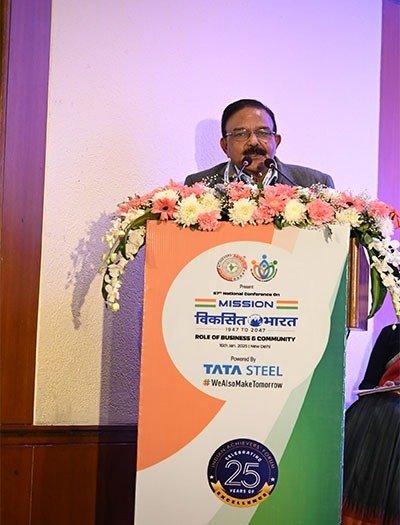
AK: See these children, when you rescue them from difficult situations, they come to you. For example, child helpline, +1098. You may know 1098, which happens to be India’s most effective child helpline, and +1098 actually started from Prayas.
And, recently, of course, the government has changed the entire system and merged 1098 with 112, which is not a very happy thing to do, but then it’s there. Prayas has run six child helplines, and through them, lakhs of children have reached various organizations. In our full-time homes—like Jahangirpuri for boys and Tughlakabad for girls—children live with us. Across Delhi, Bihar, and other states, Prayas has supported nearly 2.98 lakh children, including trafficked, homeless, and abused kids.
All these children were put into the same kind of standard programs carried out for education, health care, child maintenance, counseling, ensuring their lives take a positive turn. And I’m very happy to tell you that 70% of these children have decisively completely changed their lives. They dream, aspire, and build stable futures like any other young people. So that transformative change through Prayas and allied organizations has worked wonders, I’m sure, for these kinds of children.
MD: The figure that you mentioned is, 50,000 beneficiaries have knocked at Prayas for help. So is there any particular child whose story has impacted your work deeply, or whose story has stayed with you till this date?
AK: Well, many in fact, I mean, 50,000, children, youth, and women, they come every year to the organization. And, many of them stay with us, some will move on.
I mean, when you ask this question, I’ve got hundreds of stories in my mind. Well, I think of one story, if I can recall. It happened that I remember many years back, when I went to West Champaran District in Bihar.
I was at Valmiki Nagar Railway Station, a remote forested area near Nepal, where, suddenly I found one small child, who was actually handicapped, and he wanted to polish my shoe. And I said, ‘No. No. No. I won’t allow you to polish it, but he insisted. Then he whistled. and 15-20 children appeared from nowhere in that remote area. One of these small kids, had a cut on the face—he said a tiger had attacked him. I was shocked to hear that. He was an orphan with no place to go. This boy insisted on coming with me. I didn’t know what to do. I arranged for him a ticket with the station master. Meanwhile, SP came, everybody came, so he thought he was someone special. That boy came to Delhi with me, and he stayed in Jahangirpuri children’s home for several years. And his photograph is still lying in my office, in Tuglakabad. I’ve kept it.
Another boy I remember was unfortunately involved in the case. He was on the same bus as the Nirbhaya rapists. And this boy became nationally maligned that he was the worst among these rapists. I knew him and met him a few times. His entire inquiry and proceedings were conducted under the care of Prayas. And let me inform you that the boy was not what the media projected him to be, he just happened to be in the bus because he was supposed to collect some money from one of the accused persons. And, this fellow met him, just like that, but he had no past offenses, in fact he was a child coming from an extremely poor background, his mother being invalid, his father being mentally sick, and he looked after his siblings.
That’s what it was. So these are two stories that occurred to me that I think I’ll share with you. Well, there are thousands of such stories, which come to my mind. But thank you for reminding me. Thank you.
MD: Those were indeed some unique stories and the range of traumas that these children have faced that also that the Prayas have helped them out in and through those situations. So my next question is what are the biggest policy gaps in child rights and protection that need urgent attention in India?
AK: I think the biggest policy gap is, from my experience, it to be the lack of a comprehensive, well thought out scheme or program for all these 35,000,000 children who are not going to school. Among them, you’ll find 80% are child laborers, many trafficked and subjected to abuse – physical, emotional, sexual, and economic. And let me tell you frankly that, we don’t have any proper policy with regard to them.
Policy was there. I think I recall 1973-74. But the policies, legally, we are perfect. See, we have the Juvenile justice care and Protection act, which is a very comprehensive law. Sometime back in 2016, our child labor law also got changed. Now it is called Child and Adolescent Labor (Prohibition and Regulation) Act, 2016. Under that, we cover these children up to 18 years of age, where they are called adolescents from 14 to 16 years. But there’s no clear scheme for working children and India has the highest number of child laborers.
Sometime back, I was participating virtually in the Durban conference on child labor organized by ILO and UNICEF. They reported that global child labor increased from 152 million to 160 million. When I asked about India’s share, there was no exact answer. But given that every fifth child globally is Indian, we likely have 35–40 million child laborers.
And India’s record of human development indicators, and achievements in sustainable development goals is not so heartwarming. These children suffer on account of it, and there’s a need for a definite policy for all these types of children, particularly child labor. A large number of children, I said 32,000,000 or so, are not able to go to school because of socioeconomic deprivation.
See, it is for he voluntary organizations in the country to look after these children and avail them of their fundamental right for free and compulsory education. It is not happening because they are not getting support. The government must collaborate with them to ensure these children receive education and a chance at a better future. We need a holistic, actionable policy and not just legal provisions to address child labor and education.
MD: The draft of the National Education Policy of 2019 estimated that 6.2 crore students were out of schools, which is already a staggering figure. And the final National Education Policy 2020 classified them into SEDG. Right. As you mentioned that, you know, NGOs have to club hands with the government to bridge this gap, how is Prayas addressing this education gap?
AK: Since 1988, Prayas has been working for socioeconomically disadvantaged children, the 30–35 million out-of-school kids. And since, Prayas had the partnership of three big organizations, Delhi Police, Delhi School of Social Work, and Shamik Pidyapeeth, Shamik Vidyapeeth which later became Jan Shikshan Sansthan—five of which Prayas runs today.
We have a complete educational program, child maintenance program, child health program, child protection programs, which follow a course towards skill development and livelihood. And I don’t think any other organization does it so systematically as we do. At any given time, thousands of children are under our care, and many older ones (15–18 years) continue with us as well. Recently, we have decided to work with schools, with not-so-rich socioeconomically clientele. We are integrating CBSE-approved skill development and vocational training programs into our curriculum. This gives children a better chance at securing jobs and improving their lives. We work systematically, and I hope that our work will grow in times to come.
But let me inform you once again, since you belong to a CSR body, I think you must communicate to your members. I know that outstanding MSMEs have been awarded time and time again by your organization. And they are the people, entities and business houses, where people like us come in contact directly. Whoever is qualified to provide CSR support should give CSR support to organizations like Prayas because we are the ones who actually deliver direct services in the needy areas.
MD: CSR Times acts as that bridge to facilitate this communication between MSMEs and corporates and the NGOs? Since you’ve already touched on the skill development initiatives, I’ll jump to my next question: What role do women play in the leadership and implementation of Prayas’ initiatives?
AK: Oh, the women of Prayas, I think they have taken over. On International Women’s Day, we hosted a major program featuring eminent personalities like Pinky Anand, one of India’s top lawyers, and Chhaya Sharma, an outstanding police officer. Rashmi Singh joined us, who is an IAS officer, a very well-known name in the bureaucracy of India, and a very well-known journalist. And 500, girls and women, ranging from young children to grown accomplished professional women participated. I think I was the only male speaker in the entire group.
And the way things are happening, I can tell you that Prayas is hugely dominated by women and girls. In fact, amidst those 768 coworkers, probably nearly 500 would be women. There is a huge number of girl beneficiaries in all our projects across the country. I mean, our managers, starting from the executive director who happens to be a lady, Indurani Singh. If you go to Prayas office, you’ll find senior women professionals like Deepshikha, Jivan Jyoti, Nivedita, and Shalu, at the heart of the organization, across the country. We have Ambreen, and if you go to Andaman and Nicobar, you will find Maria, a brilliant manager, director of Jenshik San Sansthan. So you will find the ladies, in most of the higher and, middle level management positions leading the organization. So that’s what Prayas is.
MD: In fact, 500 volunteers out of 768 is already 65- 70% of the organization. It’s women only who are running the organization, I can say. So last but not the least question is what is that one new Parivartan that you’re hoping to see for 2025? And what’s that one small step that people can take today to contribute to that vision?
AK: See, this perhaps has taken place partly. Earlier, I used to be personally in the executive position of the organization. And now I’m designated as the founder of the organization. Many of our managers and coworkers have been with Prayas for 15, 20, even 30 years. They have grown with the organization, and now I expect them to take charge. I truly believe they own this organization, and that’s how real transformation happens. That is one part of it. The second part, of course, is very important where you come in the picture.
The problems concerning these segments of society, children, marginalized youth, and women, the unskilled, the unemployed. They constitute about 25% of India’s population. They need a big leap forward. They need to change completely.
A partnership between corporate government and the volunteer organizations is my dream and my earnest desire that real change will come when this partnership is forced. You understand? I’m repeating again that, India being fifth or fourth or third largest economy will not serve the purpose unless this 25% of Indian population catches up with this dynamic process of change.
Who doesn’t know that India is perhaps the most progressive country, the most dynamic economy? All of us know. But then these people are left behind. These people who are not catching up to that dynamic change, I think they need to catch up. And I expect and we very sincerely believe, and we are really working towards time, then let’s say the corporate sector, MSME particularly, and the government and organizations like Prayas will join hands together and change this country in real terms.
MD: Thank you for joining us, sir. That was indeed a really inspiring journey and incredible journey of Prayas over the past 37 years. We deeply appreciate your time and the impactful work you continue to do. With that, we conclude this interview. Thank you once again for being with us, sir.
AK: Thank you, Maanisa. Thanks a lot, and thanks to your CSR times and this program. I’m really benefiting from it. Thank you very much.


